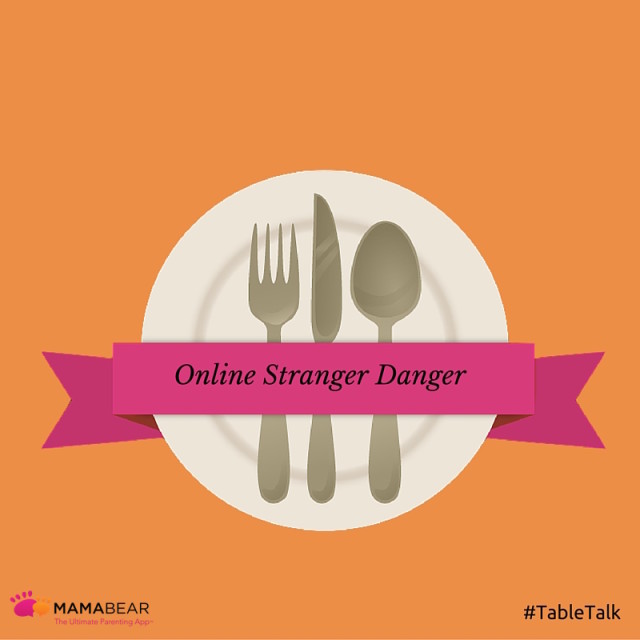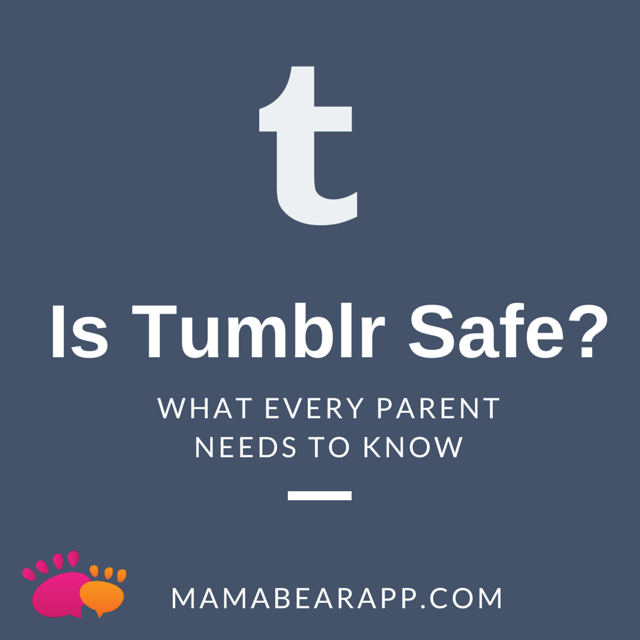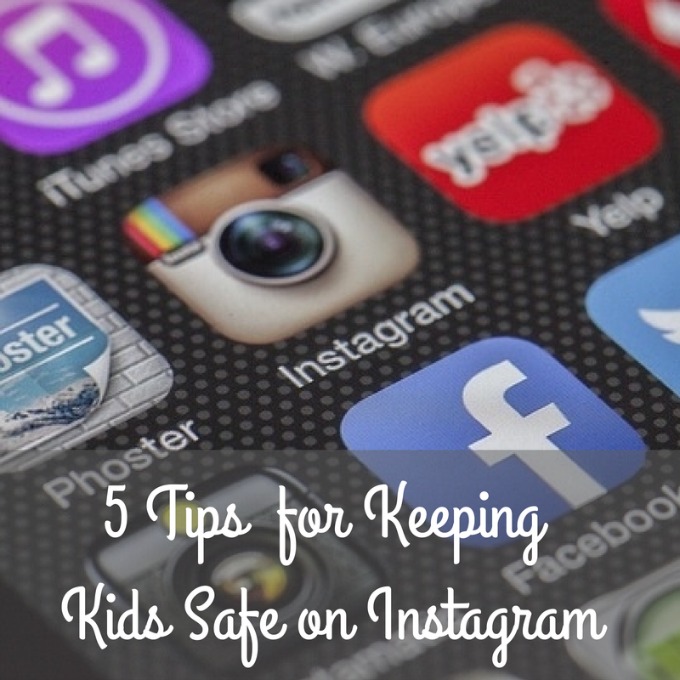Coby Persin, a YouTube star with over 1.3 million subscribers, recently used his platform to remind both parents and children just how dangerous social media can be.
In the video, “The Dangers of Social Media (Child Predator Social Experiment),” Coby made a fake Facebook profile of a 15-year-old boy and friend requested three girls (12, 13, and 14 years old) with their parent’s permission.
He then messaged the girls, and after a few days, invited each one to meet him in real life.
The parents in the experiment believed their daughters wouldn’t agree to meet the fake 15-year-old Coby had created, but what they found surprised them.
Each of the girls agreed to meet him in person. One at a park. One invited him to her house after her parents went to sleep. And one girl even snuck out of her house and jumped right into his car.
The parents were shocked and so were the girls.
They didn’t see the boy they thought they met online. Instead, their parents were there waiting for them with Coby to remind them of the incredibly dangerous decision they just made.
Watch for yourself.
Then, share this powerful video with your kids to make sure they realize just how dangerous meeting online strangers can be.
After hearing about a news story out of Los Angeles, Coby released this video to show how easy it is for a pedophile to pick up an underage child using social media.
In that news story, a father awoke at 2 AM and saw that his teenage daughter had left the house. When he went to look for her, he saw a man guiding his daughter into a car.
This wasn’t an experiment. The man pretending to be a teenager was actually 27. And the danger was real.
How to Talk to Your Kids About Online Stranger Danger
As your kids get ready to go back to school, take this opportunity to remind your them how to protect themselves from online stranger danger.
- Keep your profiles set as private.
- Remember that people can easily pose as someone else online.
- Online profile photos cannot prove someone’s identity.
- If someone sends you inappropriate photos, tell an adult immediately.
- Never give out personal information such as your address, phone number, or school name.
- Don’t accept friend requests from people you don’t know — even if you have mutual friends.
- If someone asks you to meet them in real life, tell an adult immediately.
- NEVER meet a person you met online in real life.
Related Post: Dangers of Talking to Strangers Online
Many parents think their children would not agree to meet an online stranger in real life. But as the parents in this video found out, parents might be surprised by what they learn about their children’s social media habits.
The only way to be absolutely sure that your child is practicing safe social media habits is to see it for yourself. Parents need to be involved with their child’s online social world. With MamaBear, the Peace of Mind Parenting™ app, that is easy.
The free app alerts parents when their child gets a new follower and posts a new message or photo. Parents can also set up notifications so they get special alerts when their child gets a private message or uses certain words or phrases (such as “meet in person”, etc.).
Available for both iPhones and Androids, this app is a must-have for parents looking to protect their children from the very real dangers of online strangers.




